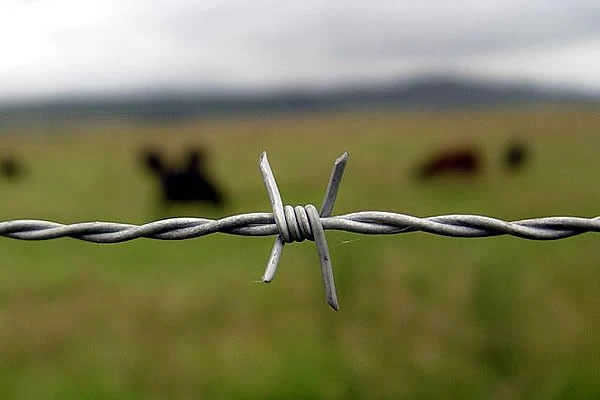 TEL:
+86-13102802206
TEL:
+86-13102802206
 Email:
fencenetting@china.com
Email:
fencenetting@china.com
 Language
Language
 TEL:
+86-13102802206
TEL:
+86-13102802206
 Email:
fencenetting@china.com
Email:
fencenetting@china.com
 Language
Language


The Versatility of Soft Iron Wire
Soft iron wire is a material that has found applications in various industries due to its unique properties and versatility. Unlike hard steel or other metals, soft iron has a lower carbon content, which makes it more malleable and ductile. This flexibility allows different forms of soft iron wire to be used in various contexts, from manufacturing to crafting.
Composition and Properties
Soft iron primarily consists of iron with minimal carbon content, typically around 0.02% to 0.3%. This low carbon content is critical as it allows for the reduction of brittleness, making soft iron wire easier to shape and manipulate. The magnetic properties of soft iron are another significant feature. It has high magnetic permeability and low coercivity, meaning it can easily become magnetized and demagnetized. This characteristic makes it an ideal material for applications in electrical engineering and magnetic devices.
The tensile strength of soft iron wire, while not as high as that of steel, is still sufficient for numerous applications. It can be easily drawn into very fine wires, which makes it suitable for intricate work in various crafts and constructions.
Applications in Industry
One of the primary uses of soft iron wire is in the manufacturing of transformers and electrical machinery
. The wire is often used to create coils and winding, where its magnetic properties enhance the efficiency and performance of the devices. Additionally, soft iron core materials help reduce energy losses in electromagnetic applications, making them crucial in the design of efficient electrical components.
Moreover, soft iron wire is used in the construction of various types of fencing and mesh wiring. Its malleability allows it to be easily bent and shaped to create sturdy and durable structures. Unlike coated wires, soft iron can be used in environments where flexibility and adaptation to various shapes are necessary.
In agriculture, soft iron wire is often utilized in constructing trellises or supports for climbing plants. The wire’s ability to withstand environmental stresses while being easily manipulatable makes it a favored choice among gardeners and farmers.
Craftsmanship and Art
Beyond industrial applications, soft iron wire has significant popularity in art and craftsmanship. Artists and artisans appreciate the wire’s versatility and ease of use, allowing for intricate designs and creations. From sculptures to jewelry, soft iron wire can be shaped and manipulated to create beautiful and functional pieces.
Welders and blacksmiths often work with soft iron wire, crafting pieces that require both strength and aesthetic appeal. The wire can be easily forged and welded, allowing craftspeople to create custom designs that cater to specific needs. Its ability to be treated, heat-formed, and welded also allows for innovative designs that blend functionality with artistic expression.
Conclusion
In conclusion, soft iron wire is a remarkable material that plays a vital role in a variety of applications, from industrial use to artistic expressions. Its unique properties—low carbon content, excellent malleability, high magnetic permeability, and adaptability—make it an invaluable resource. As industries continue to evolve and new applications are discovered, the significance of soft iron wire will likely only grow. Whether you are an electrical engineer, a farmer, or an artist, understanding and utilizing soft iron wire can lead to innovative and effective results across numerous fields. Its blend of functionality and creativity marks soft iron wire as a truly versatile material in both our lives and industries.